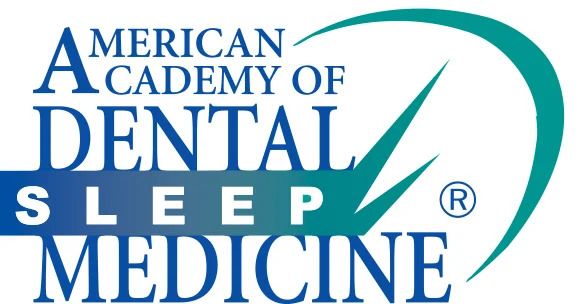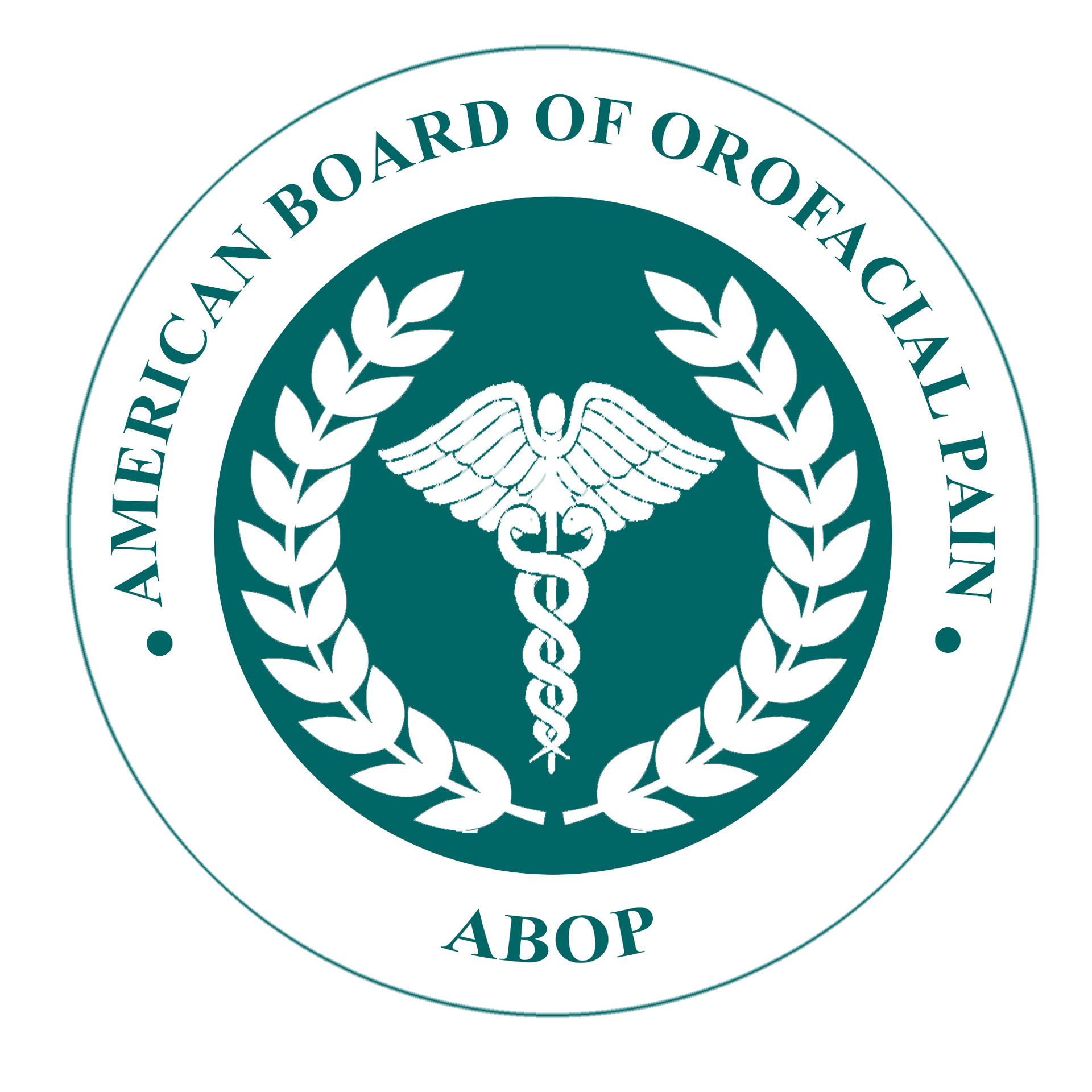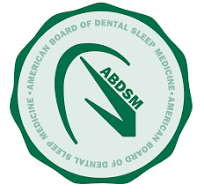Glossary of Sleep Terms
These are medical definitions of medical terms from the MedTerms.commedical dictionary
that are related to sleep disorders.
Airway
The path air follows to get into and out of the lungs. The mouth and nose are the normal entry and exit ports. Entering air then passes through the back of the throat (pharynx), continues through the voice box (larynx), down the trachea, and finally out the branching tubes known as bronchi.
Airway obstruction
Partial or complete blockage of the breathing tubes to the lungs. Obstruction of the airway
can be due to different causes including foreign bodies, allergic reactions, infections, anatomical abnormalities and trauma.
Ambient
Surrounding, present on all sides; encompassing. As, the ambient noise is deafening, or the ambient light is blinding. From the Latin "ambire" meaning "to go around."
Anatomy
The study of form. Gross anatomy involves structures that can be seen with the naked eye. It is as opposed to microscopic anatomy (or histology) which involves structures seen under the microscope. Traditionally, both gross and microscopic anatomy have been studied in the first year of medical school in the U.S. The most celebrated textbook of anatomy in the English-speaking world is Gray's Anatomy, still a useful reference book. The word "anatomy" comes from the Greek ana- meaning up or through + tome meaning a cutting. Anatomy was once a "cutting up" because the structure of the body was originally learned through dissecting it, cutting it up.
Anxiety
A feeling of apprehension and fear characterized by physical symptoms such as palpitations , sweating, and feelings of stress. Anxiety disorders are serious medical illnesses that affect approximately 19 million American adults. These disorders fill people's lives with overwhelming anxiety and fear. Unlike the relatively mild, brief anxiety caused by a stressful event such as a business presentation or a first date, anxiety disorders are chronic, relentless, and can grow progressively worse if not treated.
Apnea
An apnea is a period of time during which breathing stops or is markedly reduced. There are two types of apneas, the more common obstructive sleep apnea
and the less common central sleep apnea.
Blood pressure
The blood pressure is the pressure of the blood within the arteries. It is produced primarily by the contraction of the heart muscle . It's measurement is recorded by two numbers. The first ( systolic pressure) is measured after the heart contracts and is highest. The second ( diastolic pressure) is measured before the heart contracts and lowest. A blood pressure cuff is used to measure the pressure. Elevation of blood pressure is called " hypertension ".
Breathing
The process of respiration, during which air is inhaled into the lungs through the mouth or nose due to muscle contraction, and then exhaled due to muscle relaxation.
Carbon dioxide
A gas which is the byproduct of cellular metabolism and which collects in the tissues, is cleared from the tissues by the blood within the veins, is carried by the hemoglobin in the red blood cells, and removed from the body via the lungs in the exhaled air. Abbreviated CO2.
Chronic
This important term in medicine comes from the Greek chronos, time and means lasting a long time.
Co-morbid
Pertaining to two or more disorders simultaneously.
Congenital
Present at birth. A condition that is congenital is one that is present at birth. There are numerous uses of "congenital" in medicine. There are, for example, congenital abnormalities.
Congestion:An abnormal or excessive accumulation of a body fluid. The term is used broadly in medicine. Examples include nasal congestion (excess mucus and secretions in the air passages of the nose) seen with a common cold and congestion of blood in the lower extremities seen with some types of heart failure .
CPAP
Continuous positive airway pressure. CPAP is an effective treatment for obstructive sleep apnea .
ECG
Abbreviation for electrocardiogram or EKG. The K is from "kardio" (in German).
EEG
Electroencephalogram, e technique for studying the electrical current within the brain. Electrodes are attached to the scalp. Wires attach these electrodes to a machine which records the electrical impulses. The results are either printed out or displayed on a computer screen. Electroencephalogram is abbreviated EEG.
Electrocardiogram
A recording of the electrical activity of the heart. An electrocardiogram is a simple, non-invasive procedure. Electrodes are placed on the skin of the chest and connected in a specific order to a machine that, when turned on, measures electrical activity all overaround the heart. Output is usually in the form of a long scroll of paper displaying a printed graph of activity. Newer models output the data directly to a computer and screen, although a print-out may still be made.
Electroencephalogram
A study of electrical current within the brain. Electrodes are attached to the scalp. Wires attach these electrodes to a machine which records the electrical impulses. The results are either printed out or displayed on a computer screen. Electroencephalogram is abbreviated EEG.
Fatigue
A condition characterized by a lessened capacity for work and reduced efficiency of accomplishment, usually accompanied by a feeling of weariness and tiredness. Fatigue can be acute and come on suddenly or chronic and persist.
Heart
The muscle that pumps blood received from veins into arteries throughout the body. It is positioned in the chest behind the sternum (breastbone; in front of the trachea, esophagus, and aorta; and above the diaphragm muscle that separates the chest and abdominal cavities. The normal heart is about the size of a closed fist, and weighs about 10.5 ounces. It is cone-shaped, with the point of the cone pointing down to the left. Two-thirds of the heart lies in the left side of the chest with the balance in the right chest.
Heart attack
The death of heart muscle due to the loss of blood supply. The loss of blood supply is usually caused by a complete blockage of a coronary artery, one of the arteries that supplies blood to the heart muscle. Death of the heart muscle, in turn, causes chest pain and electrical instability of the heart muscle tissue.
Heart disease
Any disorder that affects the heart. Sometimes the term "heart disease" is used narrowly and incorrectly as a synonym for coronary artery disease . Heart disease is synonymous with cardiac disease but not with cardiovascular disease which is any disease of the heart or blood vessels. Among the many types of heart disease, see, for example: Angina ; Arrhythmia ; Congenital heart disease ; Coronary artery disease (CAD); Dilated cardiomyopathy ; Heart attack (myocardial infarction); Heart failure ; Hypertrophic cardiomyopathy ; Mitral regurgitation ; Mitral valve prolapse ; and Pulmonary stenosis .
Heart failure
Inability of the heart to keep up with the demands on it and, specifically, failure of the heart to pump blood with normal efficiency. When this occurs, the heart is unable to provide adequate blood flow to other organs such as the brain, liver and kidneys. Heart failure may be due to failure of the right or left or both ventricles. The signs and symptoms depend upon which side of the heart is failing. They can include shortness of breath (dyspnea), asthma due to the heart (cardiac asthma), pooling of blood (stasis) in the general body (systemic) circulation or in the liver's (portal) circulation, swelling ( edema ), blueness or duskiness (cyanosis), and enlargement (hypertrophy) of the heart.
Heart rate
The number of heart beats per unit time, usually per minute. The heart rate is based on the number of contractions of the ventricles (the lower chambers of the heart). The heart rate may be too fast ( tachycardia ) or too slow ( bradycardia ). The pulse is bulge of an artery from the wave of blood coursing through the blood vessel as a result of the heart beat. The pulse is often taken at the wrist to estimate the heart rate.
High blood pressure
Also known as hypertension, high blood pressure is, by definition, a repeatedly elevated blood pressure exceeding 140 over 90 mmHg -- a systolic pressure above 140 with a diastolic pressure above 90.
Hygiene
The science of preventive medicine and the preservation of health. From the name of Hygeia, the daughter of Asklepios, the Greek god of medicine (whose staff with entwined snake is the symbol of medicine). Asklepios (known to the Romans as Aesculapius) had a number of children including not only Hygeia but also Panaceia, the patroness of clinical medicine. Hygeia also followed her father into medicine. As the patroness of health, Hygeia was charged with providing a healthy environment to prevent illness. In Greek, "hygieia" means health.
Hypertension
High blood pressure , defined as a repeatedly elevated blood pressure exceeding 140 over 90 mmHg -- a systolic pressure above 140 with a diastolic pressure above 90.
Hypopnea
Literally, underbreathing. Breathing that is shallower or slower than normal. Hypopnea is distinct from apnea in which there is no breathing.
Hypoventilation
The state in which a reduced amount of air enters the alveoli in the lungs, resulting in decreased levels of oxygen and increased levels of carbon dioxide in the blood. Hypoventilation can be due to breathing that is too shallow ( hypopnea ) or too slow ( bradypnea ) or to diminished lung function.
Insomnia
The perception or complaint of inadequate or poor-quality sleep because of one or more of the following: difficulty falling asleep; waking up frequently during the night with difficulty returning to sleep; waking up too early in the morning; or unrefreshing sleep. Insomnia is not defined by the number of hours of sleep a person gets or how long it takes to fall asleep. Individuals vary normally in their need for, and their satisfaction with, sleep. Insomnia may cause problems during the day, such as tiredness, a lack of energy, difficulty concentrating, and irritability.
Lungs
The lungs are a pair of breathing organs located with the chest which remove carbon dioxide from and bring oxygen to the blood. There is a right and left lung.
Medical history
1. In clinical medicine, the patient's past and present which may contain clues bearing on their health past, present, and future. The medical history, being an account of all medical events and problems a person has experienced, including psychiatric illness, is especially helpful when a differential diagnosis is needed.
2. The history of medicine.
Neuromuscular
Pertaining to both nerves and muscles, as in neuromuscular blockade by an anesthetic agent, the neuromuscular junction (the meeting place of a nerve and a muscle fiber), and neuromuscular transmission (the transfer of "information" from the nerve to the muscle).
Obstruction
Blockage of a passageway. See, for example: Airway obstruction ; Intestinal obstruction .
Obstructive sleep apnea (OSA)
Sleep apnea is a breathing disorder characterized by brief interruptions of breathing during sleep . It owes its name to a Greek word, apnea, meaning "want of breath."
Oxygen
A colorless, odorless and tasteless gas that makes up about 20% of the air we breathe (and at least half the weight of the entire solid crust of the earth) and which combines with most of the other elements to form oxides. Oxygen is essential to human, animal and plant life.
Oxygenation
The addition of oxygen to any system, including the human body. Oxygenation may also refer to the process of treating a patient with oxygen, or of combining a medication or other substance with oxygen.
Palate
The roof of the mouth. The front portion is bony (hard palate), and the back portion is muscular (soft palate).
Pharyngeal
Having to do with the throat (pharynx).
Pharynx
The hollow tube about 5 inches long that starts behind the nose and ends at the top of the trachea (windpipe) and esophagus (the tube that goes to the stomach).
Polysomnography
Continuous recording of specific physiologic variables during sleep . Polysomnography typically records brain wave changes (electroencephalogram), eye movements (electrooculogram), muscle tone ( electromyogram ), respiration, electrocardiogram (EKG), and leg movements.
Positive pressure ventilation
The provision of oxygen under pressure by a mechanical respirator, a machine designed to improve the exchange of air between the lungs and the atmosphere. The device is basically designed for administering artificial respiration , especially for a prolonged period, in the event of inadequate spontaneous ventilation or respiratory paralysis.
Pulmonary
Having to do with the lungs. (The word comes from the Latin pulmo for lung).
Pulmonary hypertension
High blood pressure in the pulmonary artery that conveys blood from the right ventricle to the lungs. The pressure in the pulmonary artery is normally low compared to that in the aorta . Pulmonary hypertension can irrevocably damage the lungs and cause failure of the right ventricle.
Respiratory
Having to do with respiration, the exchange of oxygen and carbon dioxide. From the Latin re- (again) + spirare (to breathe)=to breathe again.
Respiratory rate
The number of breaths per minute or, more formally, the number of movements indicative of inspiration and expiration per unit time. In practice, the respiratory rate is usually determined by counting the number of times the chest rises or falls per minute. By whatever means, the aim is to determine if the respirations are normal, abnormally fast ( tachypnea ), abnormally slow (bradypnea), or nonexistent ( apnea ).
Sleep
The body's rest cycle.
Sleep apnea
The temporary stoppage of breathing during sleep , often resulting in daytime sleepiness. Apnea is a Greek word that means "want of breath."
Snoring
Snoring is a rough rattling noise
made on inspiration during sleep by vibration of the soft palate (the back of the roof of the mouth) and the uvula (the prominent structure dangling down at the back of the mouth).
Soft palate
The muscular part of the roof of the mouth. The soft palate is directly behind the hard palate. It lacks bone and so is soft.
Stroke
The sudden death of some brain cells due to a lack of oxygen when the blood flow to the brain is impaired by blockage or rupture of an artery to the brain. A stroke is also called a cerebrovascular accident or, for short, a CVA.
Syndrome
A set of signs and symptoms that tend to occur together and which reflect the presence of a particular disease or an increased chance of developing a particular disease.
Therapy
The treatment of disease .
Tonsils
Small masses of lymphoid tissue at the back of the throat, on either side of the throat.
Trigger
Something that either sets off a disease in people who are genetically predisposed to developing the disease, or that causes a certain symptom to occur in a person who has a disease. For example, sunlight can trigger rashes in people with lupus .
Uvula
The small piece of soft tissue that can be seen dangling down from the soft palate over the back of the tongue . The uvula is described variously shaped like a U, a tear or a grape. Its name comes from the Latin word for "grape," uva.
Ventilation
The exchange of air between the lungs and the atmosphere so that oxygen can be exchanged for carbon dioxide in the alveoli (the tiny air sacs in the lungs).
Vocal cord
One of two small bands of muscle within the larynx. These muscles vibrate to produce the voice. The vocal cords form a "V" inside the larynx, a 2-inch-long, tube-shaped organ in the neck:
We use the larynx when we breathe, talk, or swallow. Its outer wall of cartilage forms the area of the front of the neck referred to as the "Adams apple."
-2700x842-1920w.png)









